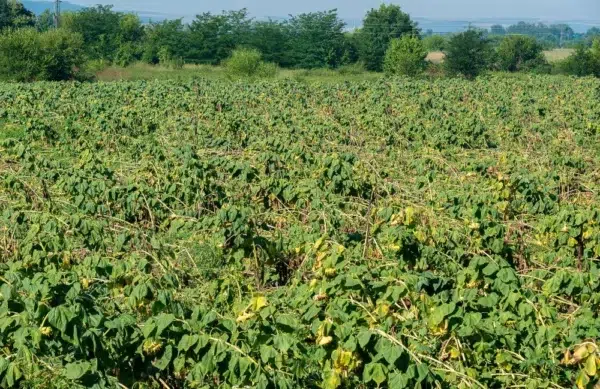Crop Spraying
Improve operational accuracy and reduce material waste by monitoring weather conditions and determining the best spraying protocol.
For every ton of fertilizer sprayed across the United States, 1,200 pounds is wasted due to inefficient weather practices.
Field A
Farm B
Insight In this Dashboard
severity - 4 extreme
Do Not Spray: High Winds
Wind speed affects the distance a droplet will travel before it is deposited on the target.
severity - 3 sever
Do Not Spray: No Winds
Still air may lead to vapor drift where finer droplets remain suspended in the air, prone to evaporation and drift long after spraying is completed.
severity - 4 extreme
Do Not Spray: Rain
Avoid spraying when foliage is still wet from rain. A leaf can retain only a limited volume of spray, and therefore a limited amount of product.
severity - 3 sever
Ideal Conditions for Spraying: Temp & Humidity
This reduces the chance of drift due to temperature inversions or evaporation. It also increases target deposition and coverage.
severity - 2 moderate
Ideal Conditions For Spraying: Consistent NE Wind Direction
Wind direction determines whether droplets travel toward the target or toward unintended downwind areas such as open water, sensitive crops or areas of human activity.
severity - 3 sever
Spray With Caution or Postpone: Moderate Winds
Higher wind speeds pose the most obvious risk of drift through, around or over target.
severity - 4 extreme
Monitor Conditions: Flood Risk
Prep teams and avoid any unnecessary outdoor work. Flash flooding is possible.
severity - 4 extreme
Monitor Conditions: Lightning Risk
Prep teams and avoid any unnecessary outdoor work. High risk for lightning in the area.

